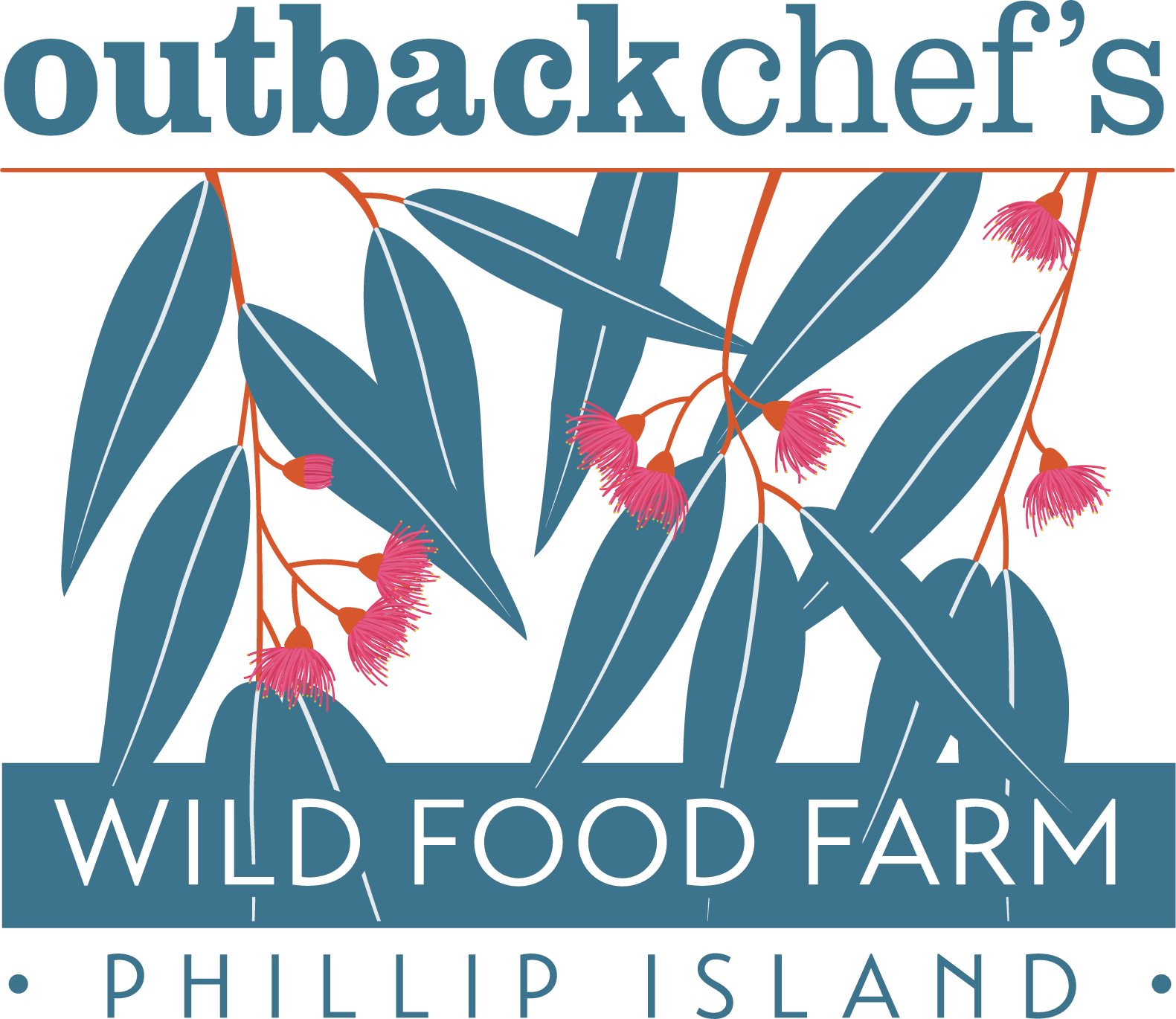-
 Grows in an arid temperate climate in West Australia. The current bush was very important for traditional bush medicine and is today being investigated for its anti cancer properties A rigid spiny shrub growing 1m high with unusual one-sided white, cream or yellow flowers. The current bush was very important for traditional bush medicine and is today being investigated for its anti cancer properties Comes complete with propagation instructions. 10 seeds per pack
Grows in an arid temperate climate in West Australia. The current bush was very important for traditional bush medicine and is today being investigated for its anti cancer properties A rigid spiny shrub growing 1m high with unusual one-sided white, cream or yellow flowers. The current bush was very important for traditional bush medicine and is today being investigated for its anti cancer properties Comes complete with propagation instructions. 10 seeds per pack -
 Dichopogon strictus. These beautiful lilies, with the chocolate scented flowers, were favoured as a great bushfood treat and for their nutritious tubers by Aboriginal people for generations. These beautiful lilies with the chocolate scented flowers were eaten for their nutritious tubers. Always remember to leave enough to reseed for the next year as the Aboriginal people did. The long lasting flowers are visible from August to February and grouped together are a wonderful addition to any garden. The packet contains approximately 30 seeds and instructions for propagation.
Dichopogon strictus. These beautiful lilies, with the chocolate scented flowers, were favoured as a great bushfood treat and for their nutritious tubers by Aboriginal people for generations. These beautiful lilies with the chocolate scented flowers were eaten for their nutritious tubers. Always remember to leave enough to reseed for the next year as the Aboriginal people did. The long lasting flowers are visible from August to February and grouped together are a wonderful addition to any garden. The packet contains approximately 30 seeds and instructions for propagation. -
Out of stock
 Arthropdoiu milleflorum. 30 seeds per pack. A beautiful flowering tuber, the plant is used by the indigenous people as a bush medicine, the tuber is the part that is eaten.
Arthropdoiu milleflorum. 30 seeds per pack. A beautiful flowering tuber, the plant is used by the indigenous people as a bush medicine, the tuber is the part that is eaten. -
Out of stock
 Traditionally grass trees were of great importance to the Aboriginal population, they ate the fresh new leaves and extracted starch from the upper portion of the trunk CLIMATE: Tropical to temperate to cool NATURAL HABITAT: Widespread across the Eastern and Southern states FEATURES: A striking erect plant with a crown of wiry slender leaves. This is a painting courtesy of botanical artist, Beverley Graham PLANTING & CARE: A pack of 10 seeds. Sow in good quality native potting mix. Plants are very hardy, are frost and drought tolerant, but are very slow growing. ; Traditionally grass trees were of great importance to the Aboriginal population, they ate the fresh new leaves and extracted starch from the upper portion of the trunk.
Traditionally grass trees were of great importance to the Aboriginal population, they ate the fresh new leaves and extracted starch from the upper portion of the trunk CLIMATE: Tropical to temperate to cool NATURAL HABITAT: Widespread across the Eastern and Southern states FEATURES: A striking erect plant with a crown of wiry slender leaves. This is a painting courtesy of botanical artist, Beverley Graham PLANTING & CARE: A pack of 10 seeds. Sow in good quality native potting mix. Plants are very hardy, are frost and drought tolerant, but are very slow growing. ; Traditionally grass trees were of great importance to the Aboriginal population, they ate the fresh new leaves and extracted starch from the upper portion of the trunk. -
Out of stock
 This beautiful plant with the delicious fruit that taste like spicy apples, muntries grow naturally around Western Victoria and Eastern South Australia. Muntries are also known as emu appless and native cranberries, they were a favourite of the Aboriginal people and the early settlers. ; Muntries likes light, free draining soils and the temperate conditions of southern Australia. It is naturally prostrate but can be trellised into an upright shrub for easy harvesting. ; When ripe the berries are green with a red tinge. Best planted around late autumn to mid winter. They have four times the anti oxidant as blue berries and have a natural wax that is good for skin nourishment. This pack contains 30 seeds and propagating instructions.
This beautiful plant with the delicious fruit that taste like spicy apples, muntries grow naturally around Western Victoria and Eastern South Australia. Muntries are also known as emu appless and native cranberries, they were a favourite of the Aboriginal people and the early settlers. ; Muntries likes light, free draining soils and the temperate conditions of southern Australia. It is naturally prostrate but can be trellised into an upright shrub for easy harvesting. ; When ripe the berries are green with a red tinge. Best planted around late autumn to mid winter. They have four times the anti oxidant as blue berries and have a natural wax that is good for skin nourishment. This pack contains 30 seeds and propagating instructions.

